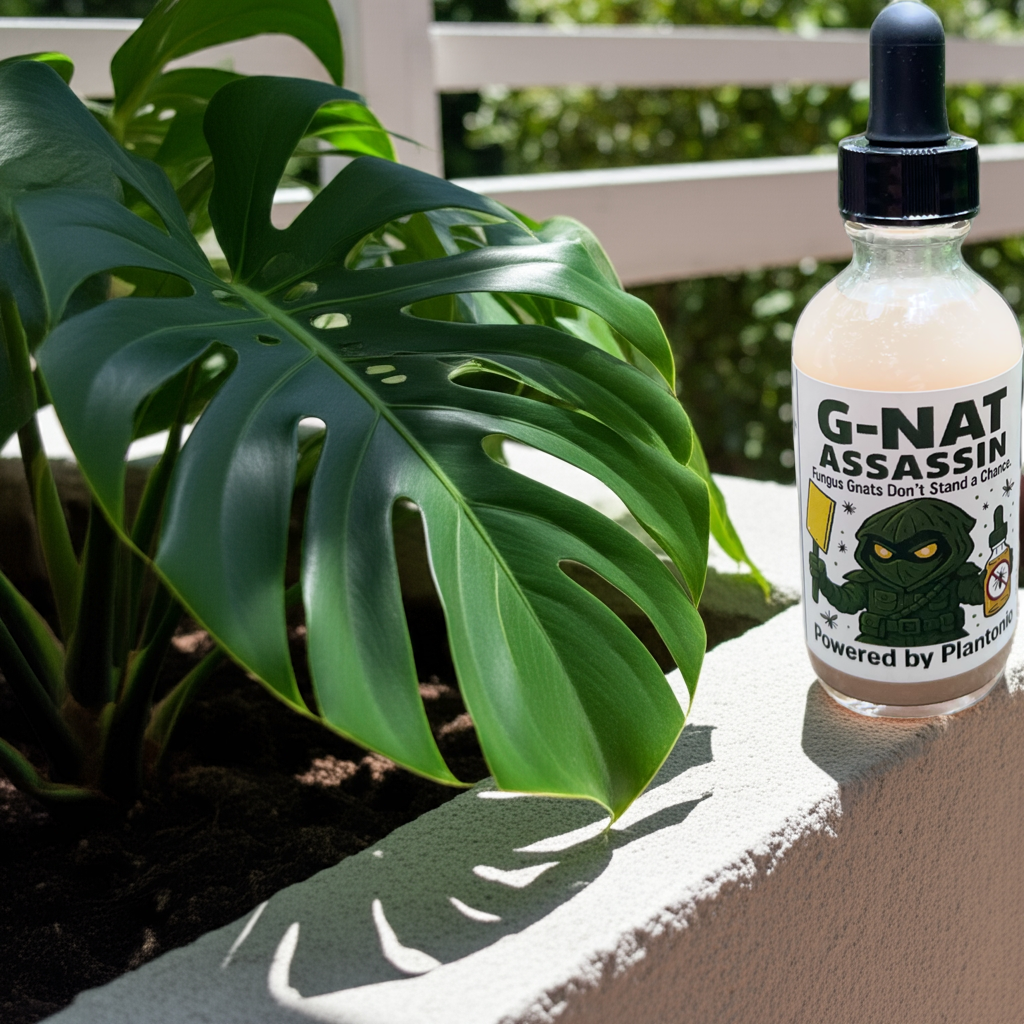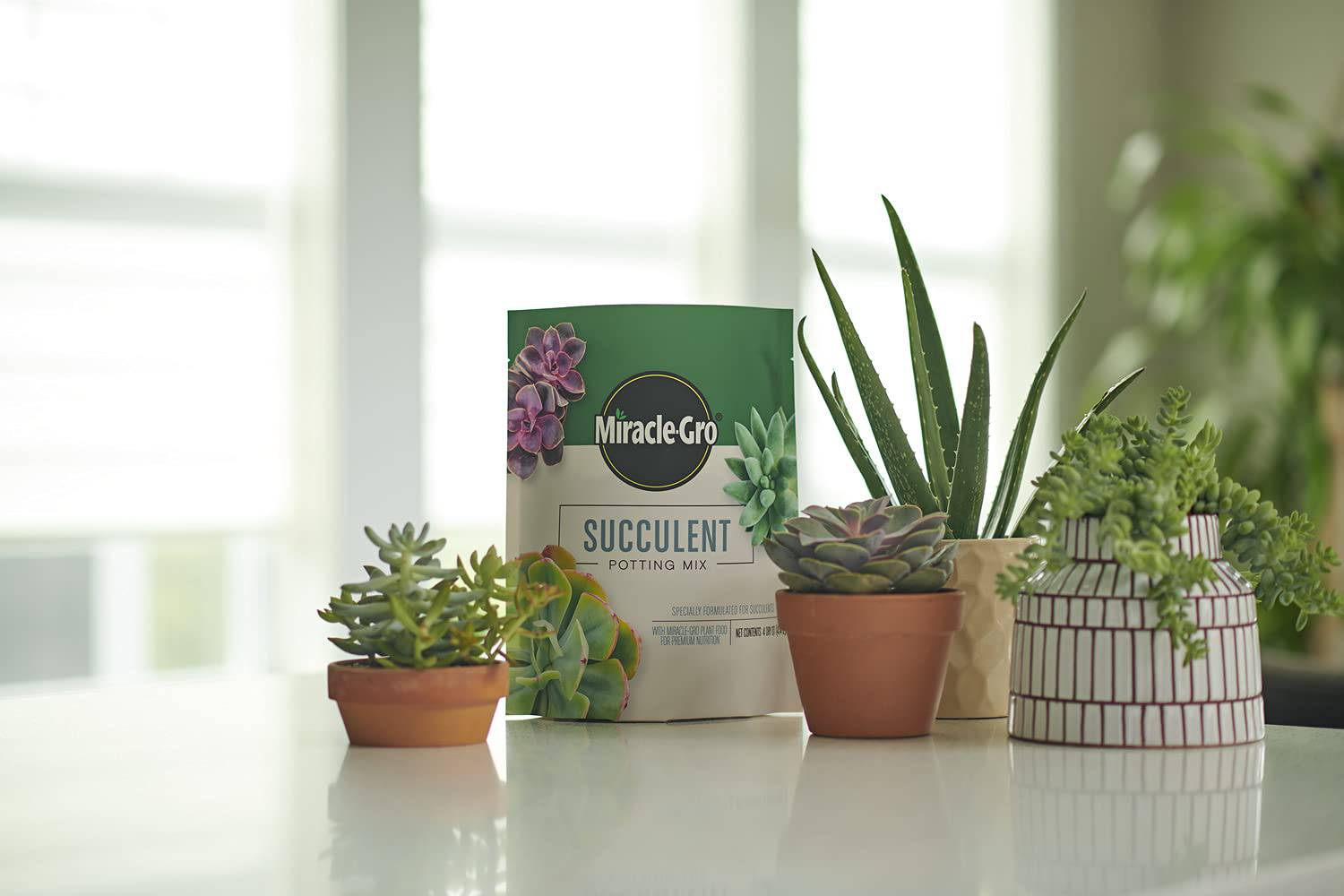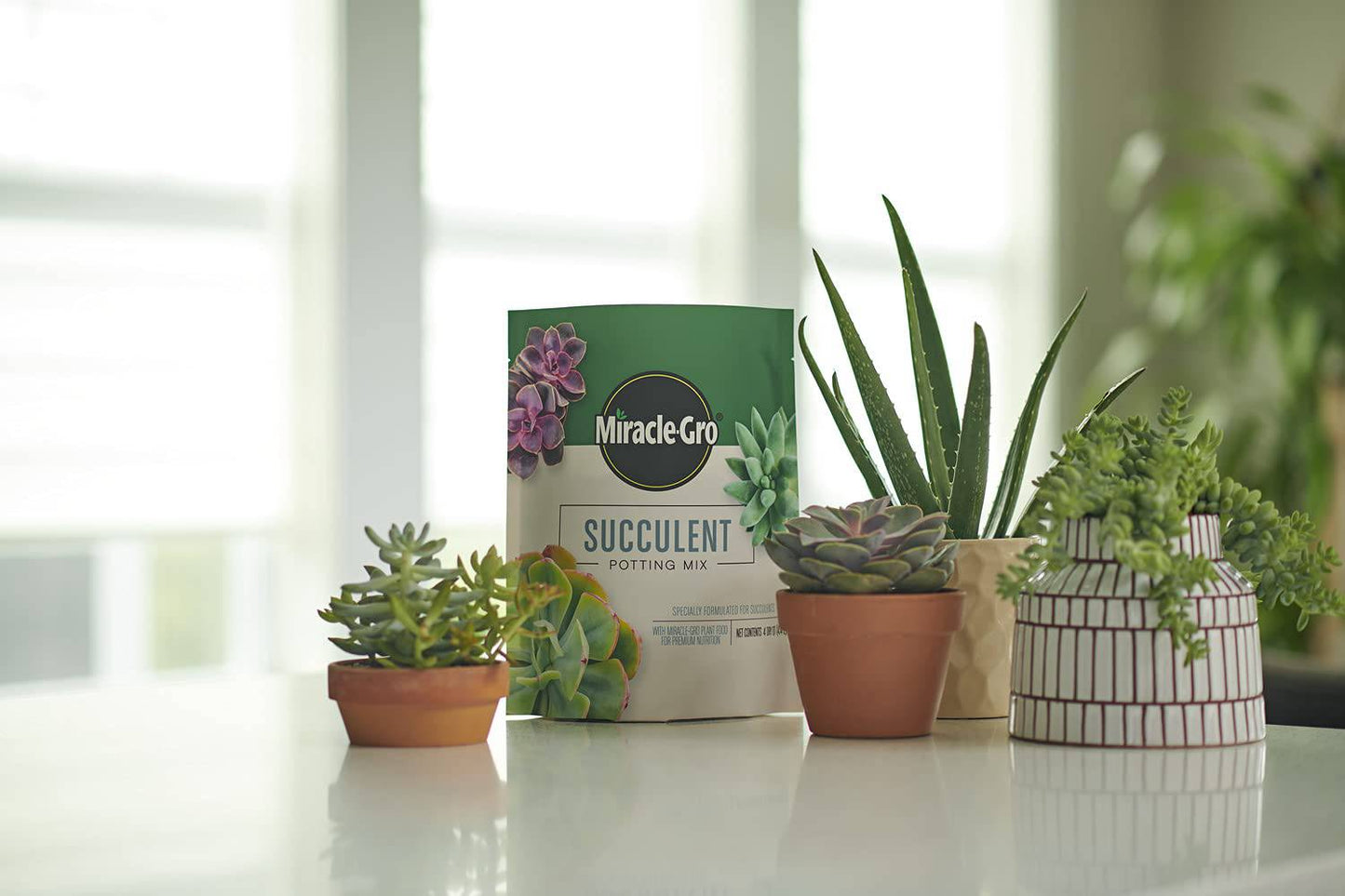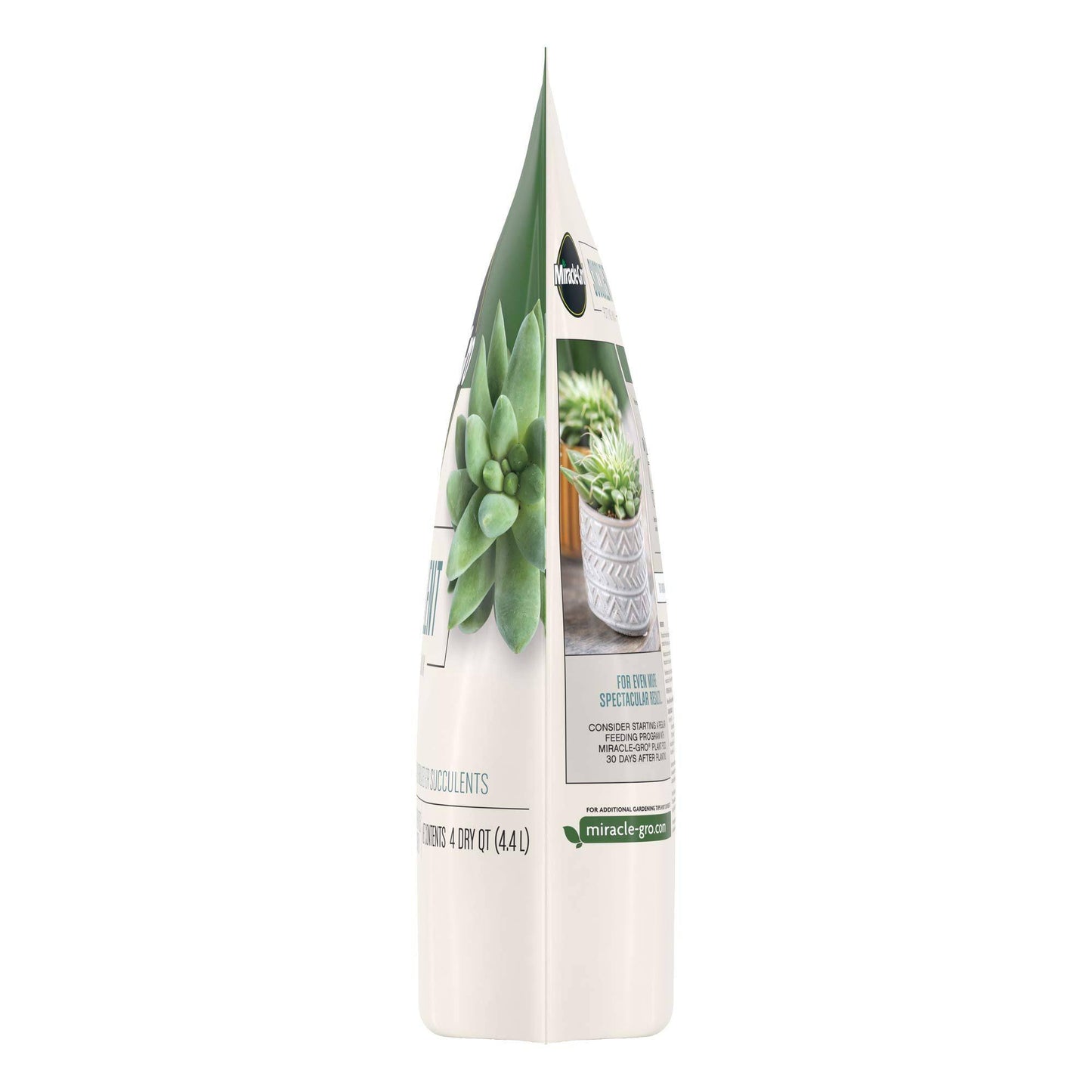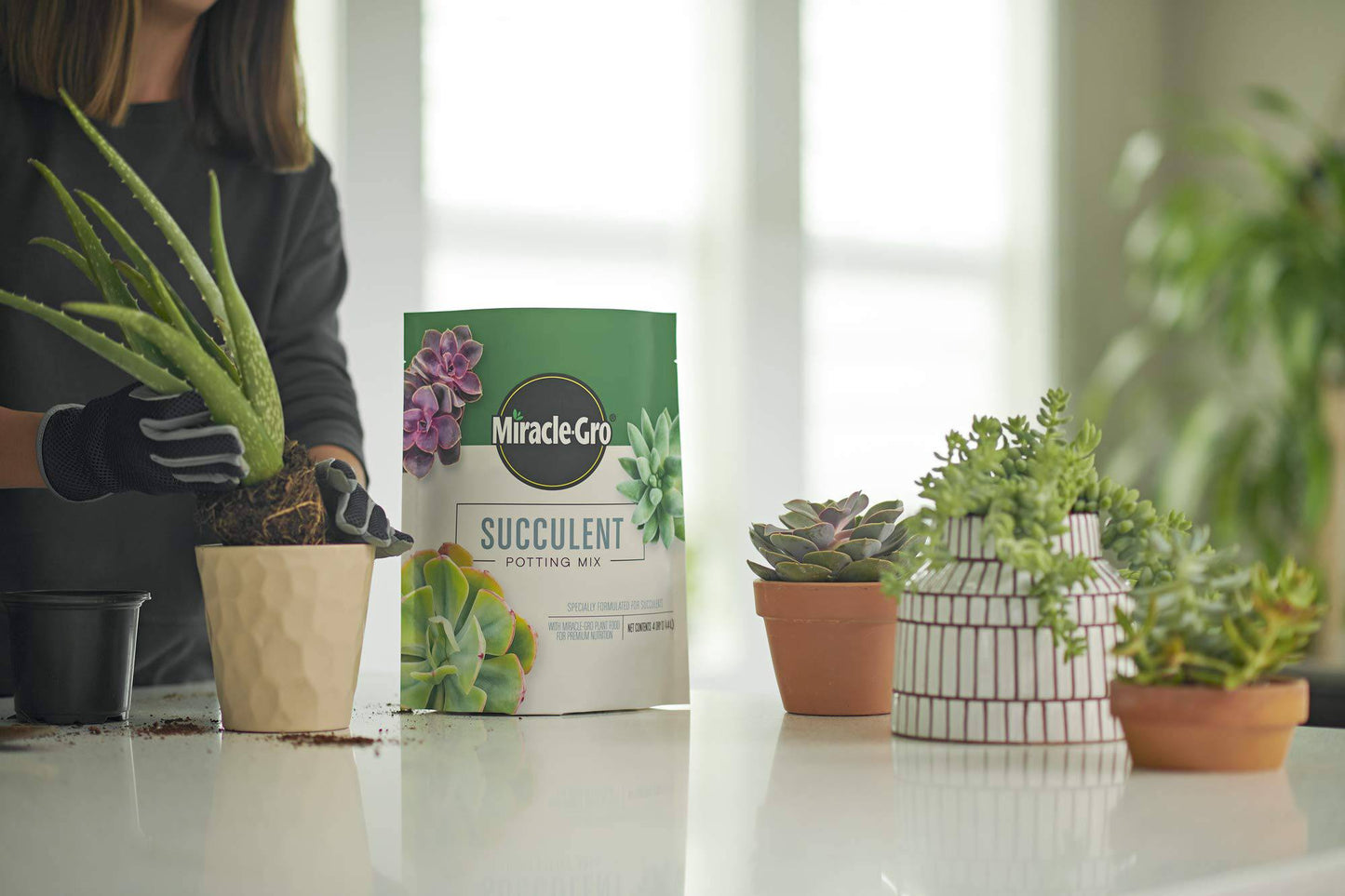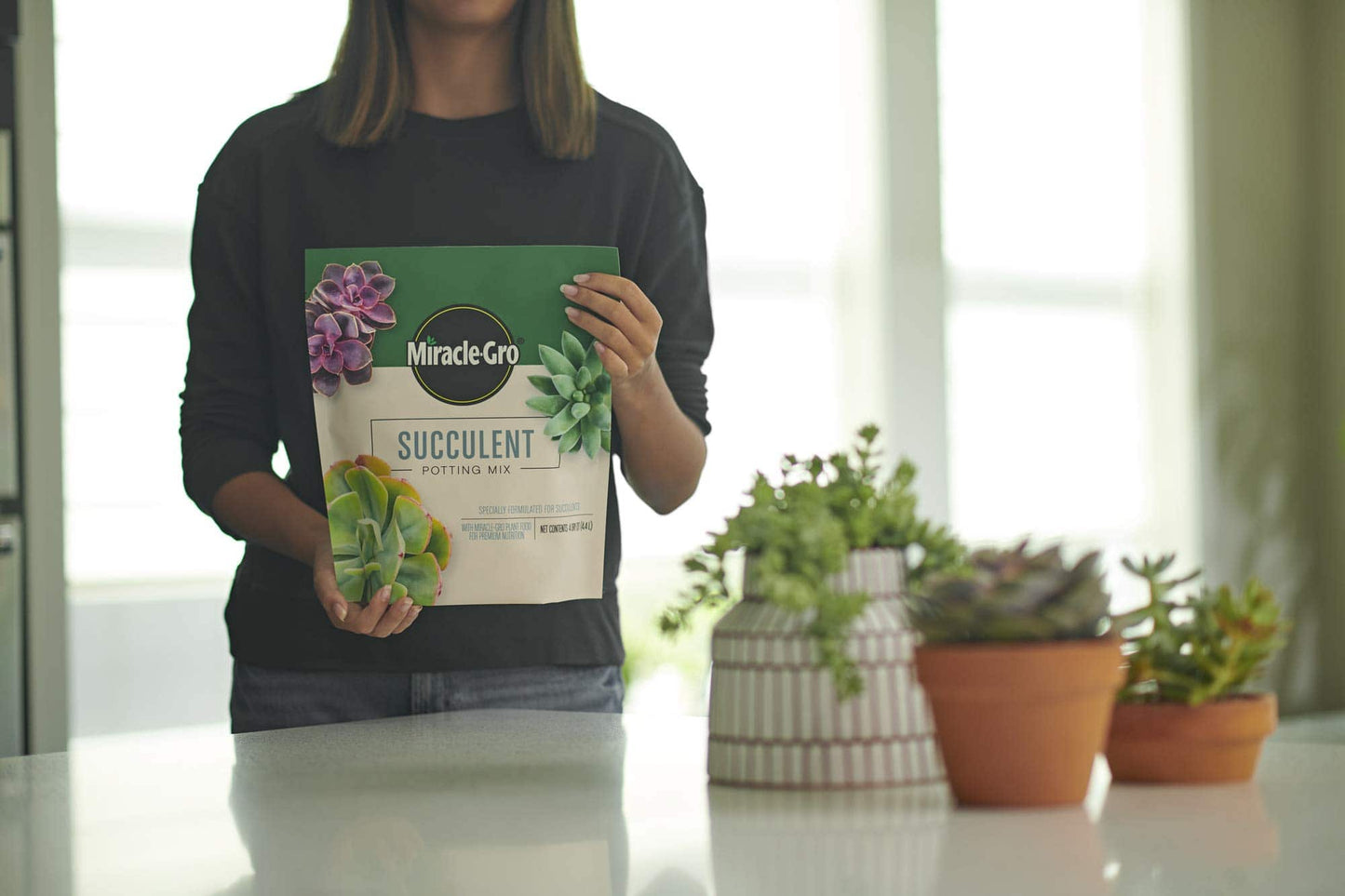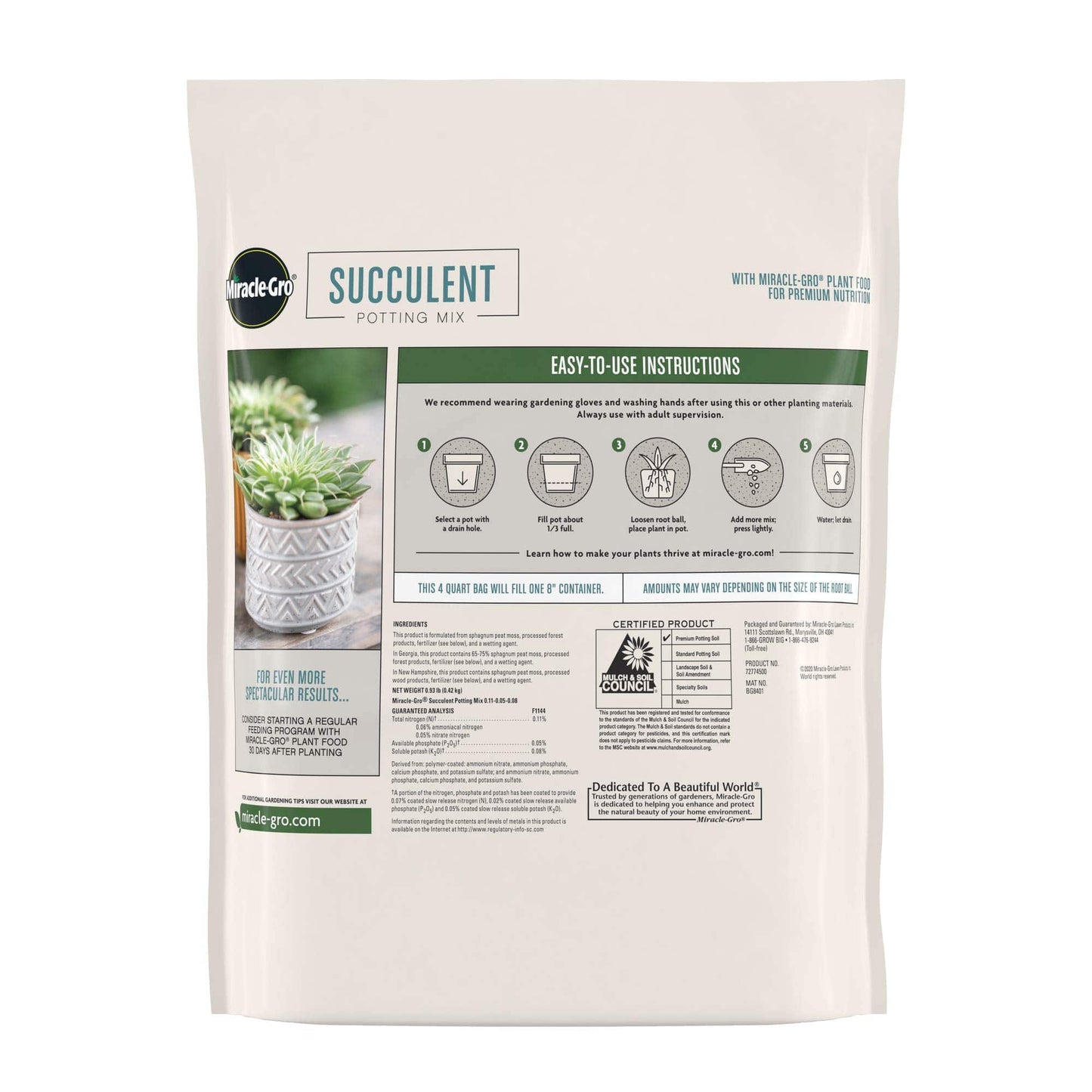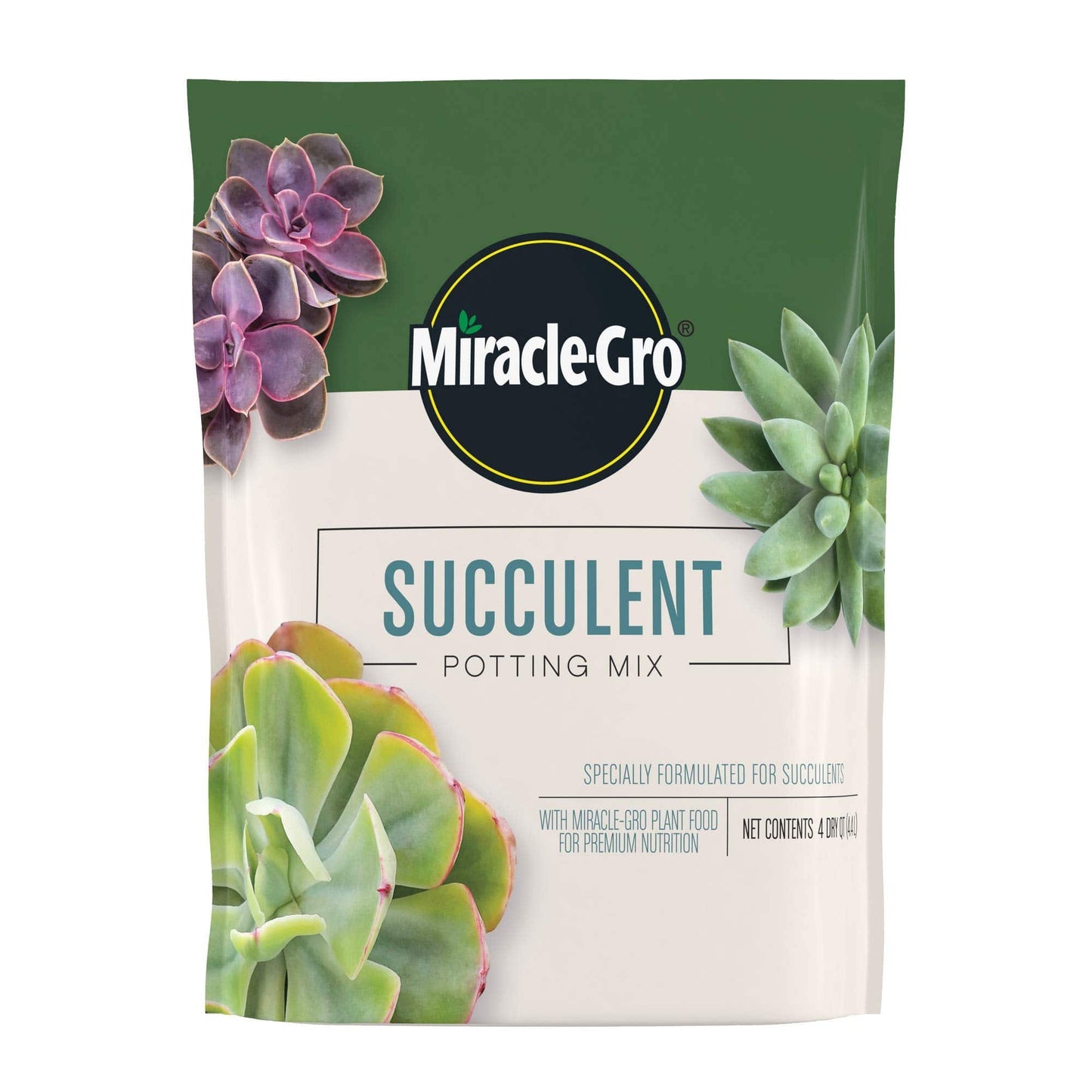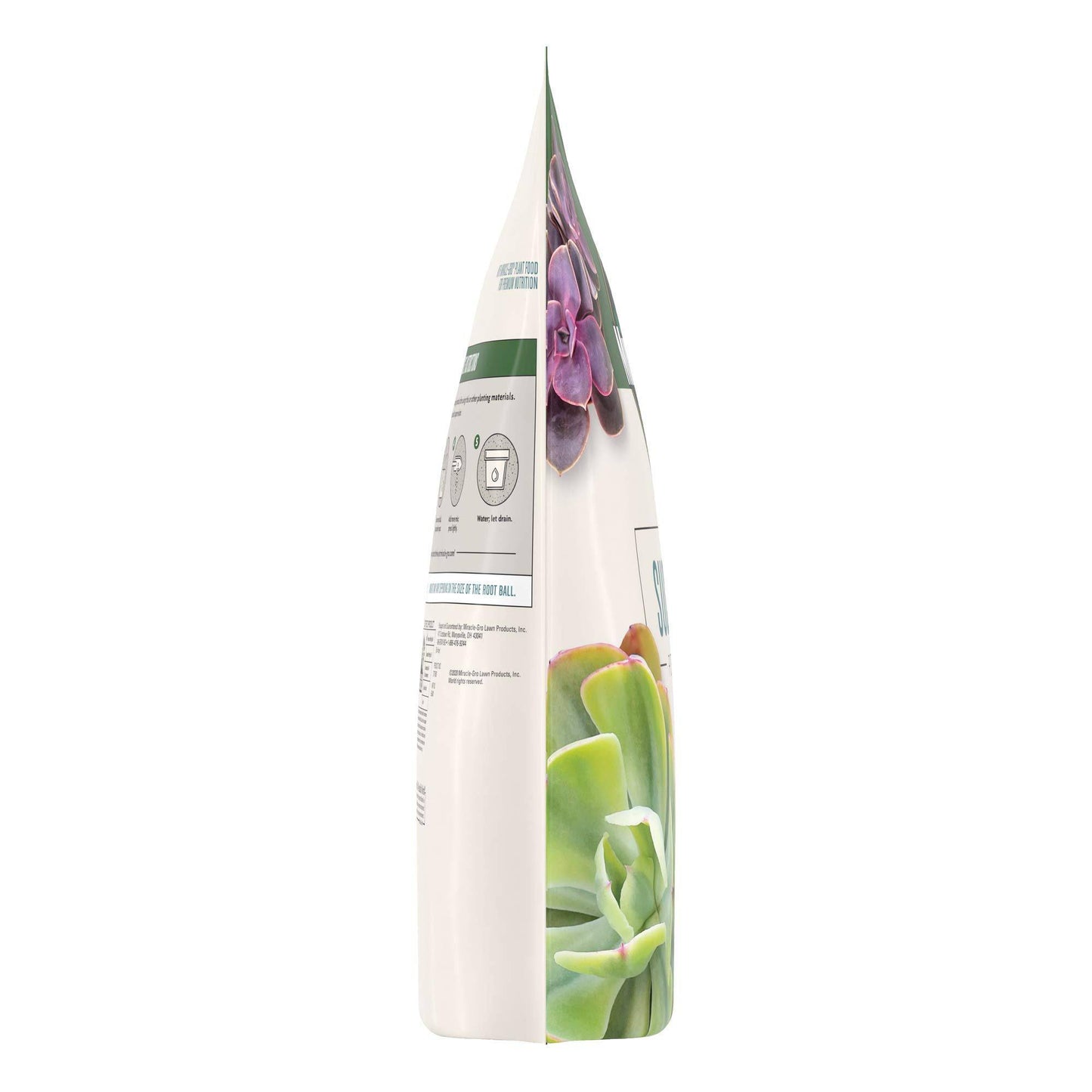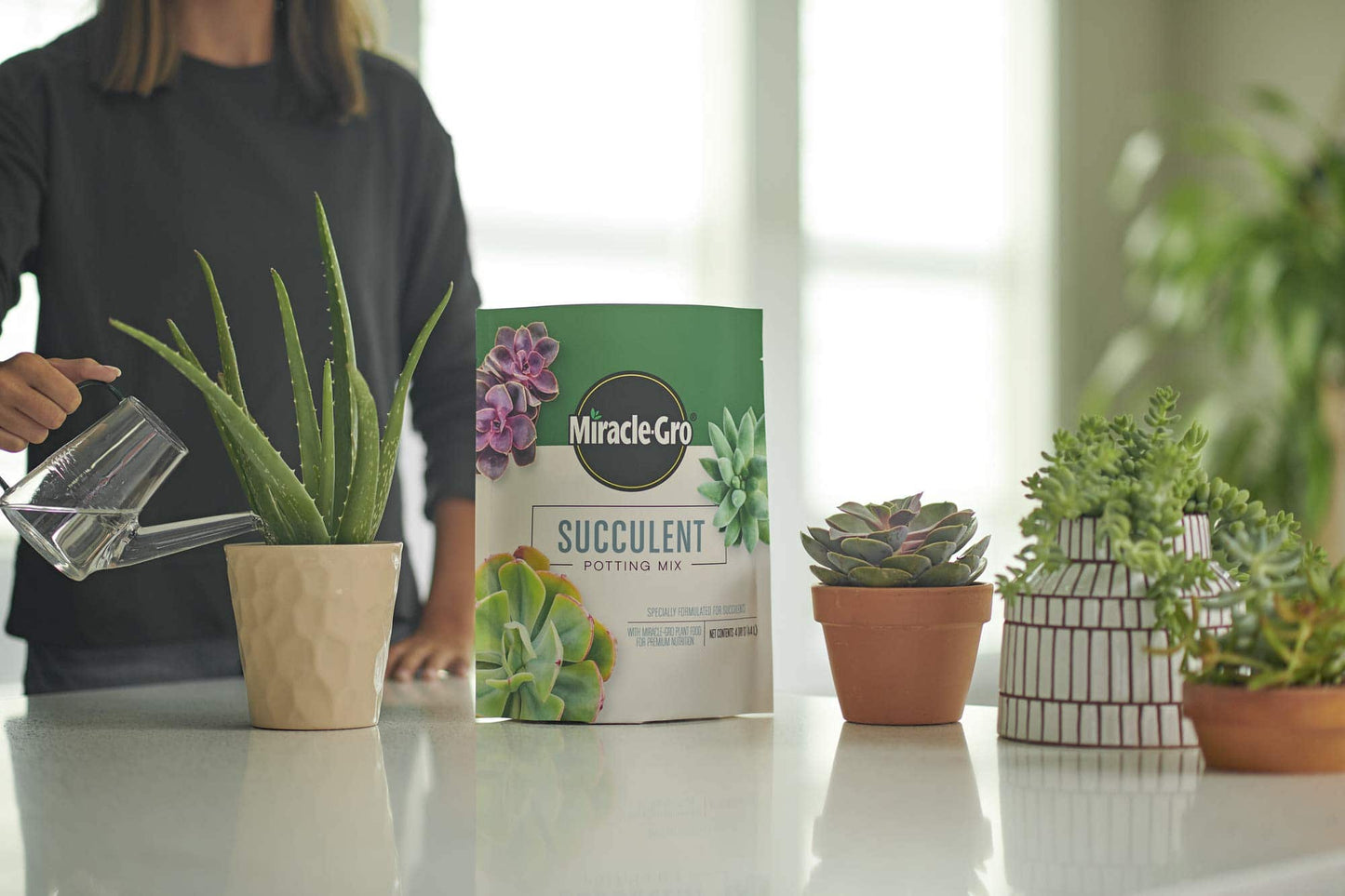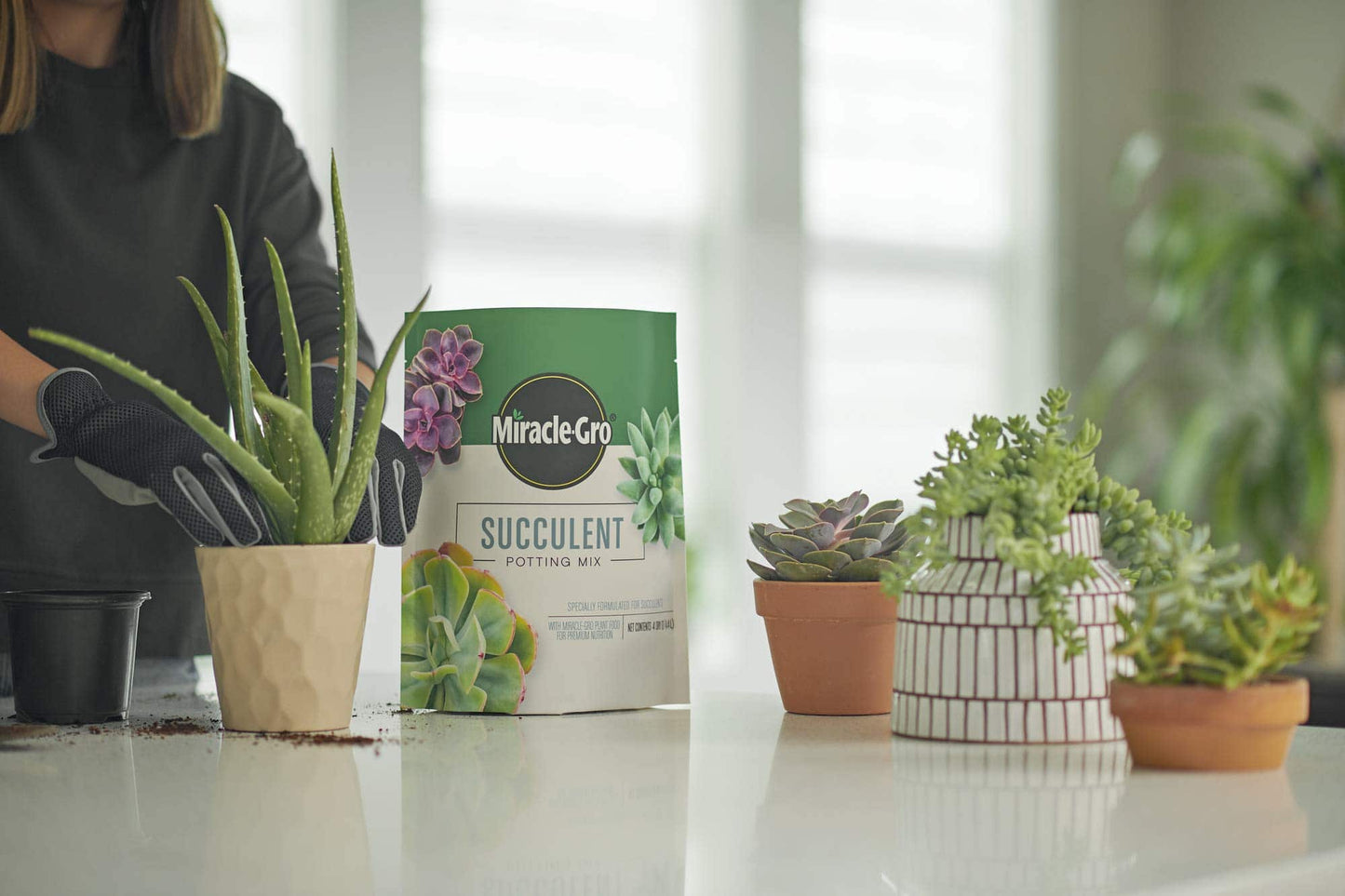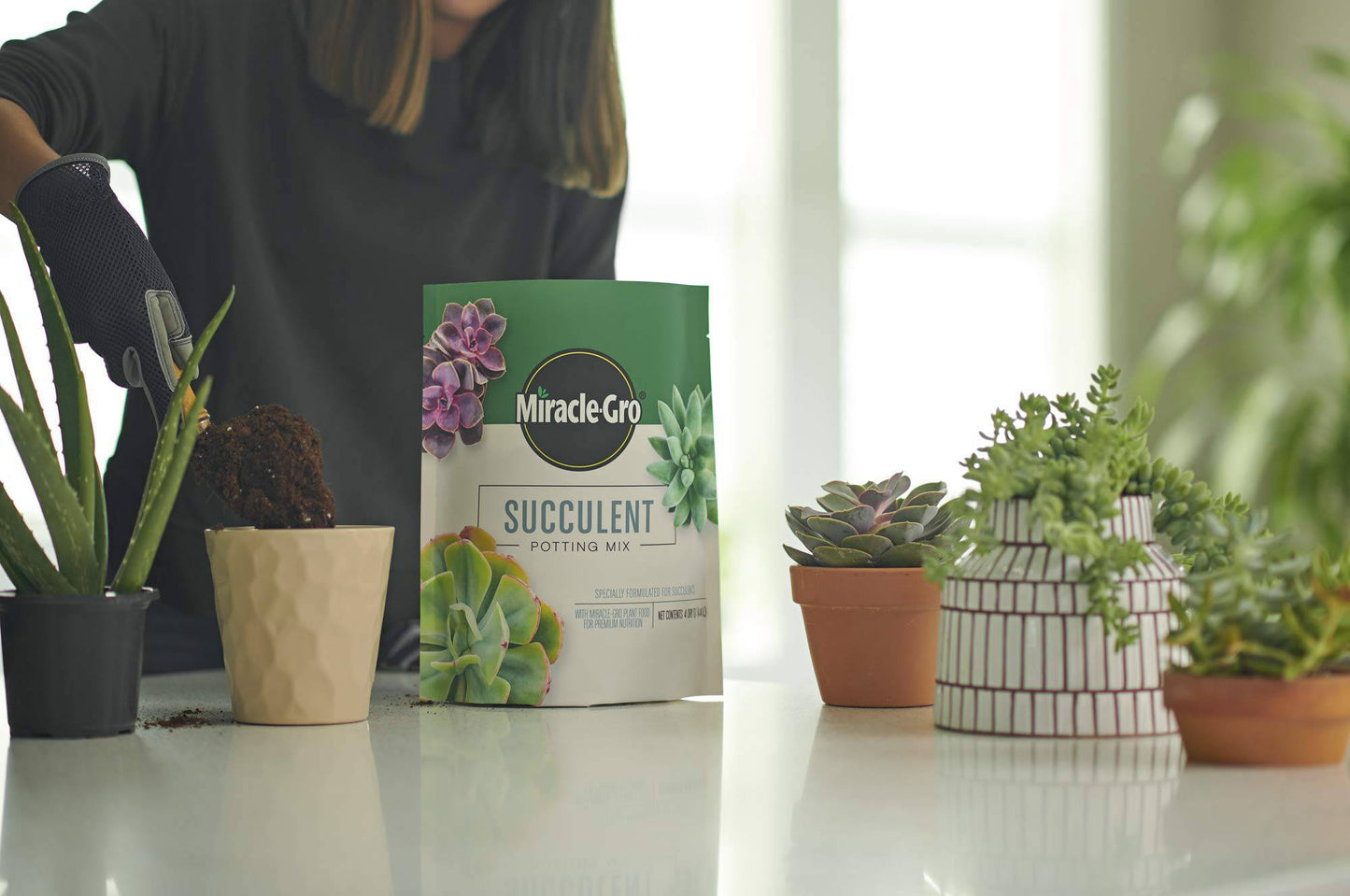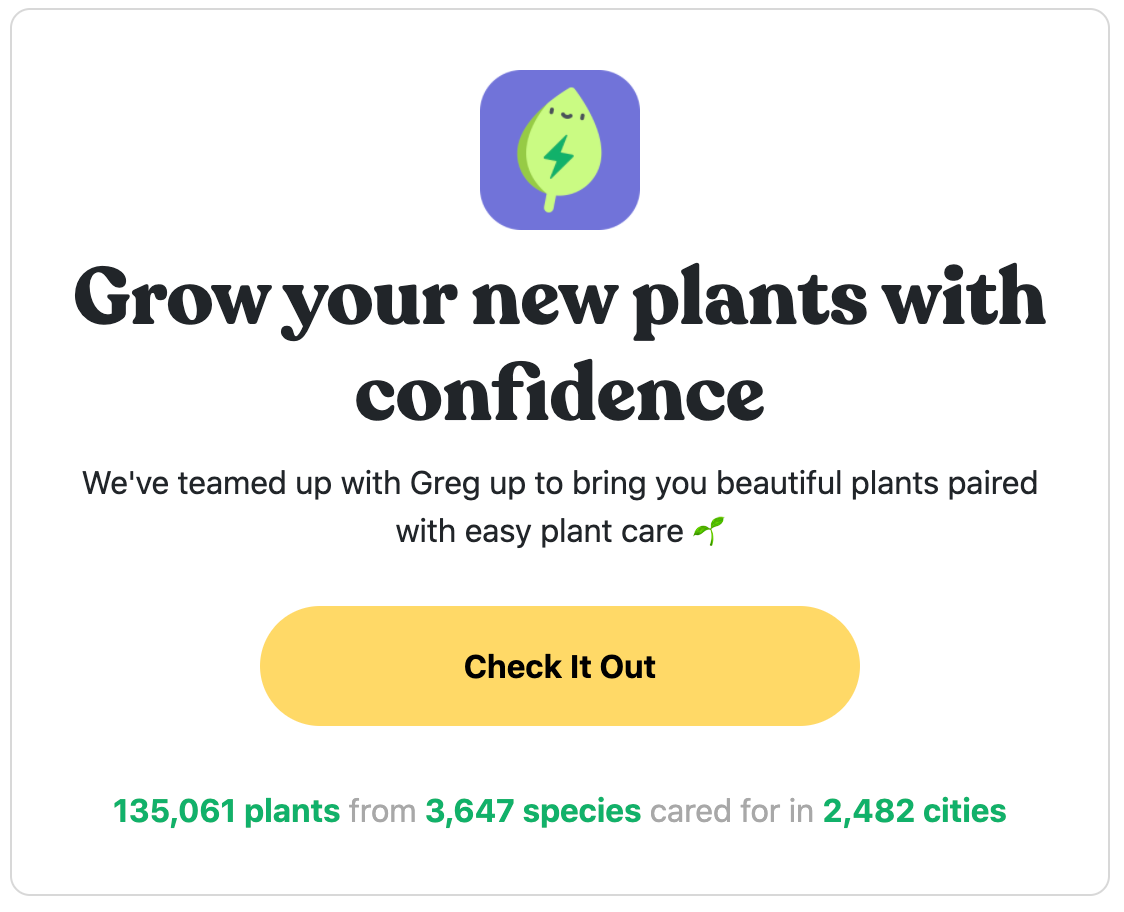Creating a greener home goes beyond just adding plants to your space—it involves a conscious effort to reduce waste and promote sustainability. Have you ever thought about the impact of the containers your plants are housed in? In this blog post, we delve into the art of upcycling plant containers for a greener home, exploring creative ways to repurpose everyday items and sustainable materials to nurture your indoor green oasis. Let's embark on a journey to not only beautify our living spaces but also reduce our environmental footprint one plant container at a time. Let's get started!
Creative Upcycling Ideas for Plant Containers
Repurposing Household Items for Plant Containers
Repurposing household items into plant containers is a fun and eco-friendly way to add a touch of green to your home. Look around your house for items that you no longer use but can serve as unique plant pots. Here are some ideas to consider:
Empty tin cans painted in vibrant colors
Old teacups or mugs for small plants
Wooden crates or baskets for a rustic look
DIY Plant Container Projects Using Everyday Items
Get creative with DIY plant container projects using everyday items that you can easily repurpose. Not only does this allow you to express your creativity, but it also promotes sustainability. Consider the following DIY ideas:
Turn an old wine bottle into a self-watering plant pot
Repurpose a shoe organizer into a hanging herb garden
Use old glass jars as terrariums for small plants
Benefits of Upcycling Plant Containers for a Greener Home
Embracing upcycling plant containers offers several benefits for creating a greener home environment. By upcycling, you can:
Reduce waste and help the environment by giving new life to discarded items
Save money by using items you already have instead of purchasing new plant containers
Add a personal touch to your home decor with unique and customized plant containers
When upcycling plant containers for a greener home, the possibilities are endless, and you can showcase your individual style while contributing to a sustainable lifestyle.
Sustainable Materials for Eco-Friendly Plant Containers
Choosing Environmentally Friendly Materials
When selecting materials for upcycled plant containers for a greener home, opt for sustainable options that have minimal impact on the environment. Consider using materials such as:
Bamboo: A renewable resource that is sturdy and biodegradable
Recycled Plastic: Repurposing plastic items can prevent them from ending up in landfills
Terracotta: A natural clay-based material that is durable and recyclable
External Link: Eco-Friendly Plant Containers at IKEA
Biodegradable and Recyclable Options
To further enhance the eco-friendliness of your plant containers, choose biodegradable and recyclable options whenever possible. Look for containers made from:
Biodegradable Plastics: Materials that break down naturally over time
Cardboard: Easily recyclable and biodegradable
Coconut Coir: A sustainable alternative made from coconut husks
Incorporating Nature-Inspired Designs
Embrace nature-inspired designs when upcycling plant containers to complement the greenery of your indoor plants. Consider container designs that mimic natural elements like:
Wood Grain Patterns: Add warmth and a touch of nature to your plant display
Leaf Motifs: Incorporate leaf designs for a botanical feel
Stone Finish: Create a rustic look with containers that resemble natural stone
By choosing sustainable materials and incorporating nature-inspired designs, you can create an eco-friendly and visually appealing indoor plant display that aligns with your goal of upcycling plant containers for a greener home.
Tips for Proper Plant Care in Upcycled Containers
Ensuring Proper Drainage and Air Circulation
Proper drainage and air circulation are essential for the health of plants in upcycled containers. Here are some tips to ensure your plants thrive:
Drainage Holes: Drill holes in the bottom of containers to prevent waterlogging
Use of Peat Moss: Add peat moss to enhance drainage and aeration
Elevating Containers: Place containers on feet or pot risers to improve airflow underneath
Selecting the Right Size and Shape for Different Plants
Choosing the appropriate size and shape of upcycled containers is crucial for the well-being of your plants. Consider:
Root Space: Ensure containers provide enough room for roots to grow
Plant Growth: Select containers based on the growth habits of your plants
Taller vs. Wider Containers: Match container shapes to the plant's growth pattern
Maintaining Healthy Soil and Nutrient Levels
Regular maintenance of soil and nutrient levels is key to supporting plant growth in upcycled containers. Keep your plants healthy by:
Using Quality Potting Mix: Invest in a nutrient-rich potting mix for optimal plant nutrition
Fertilizing Appropriately: Apply organic fertilizers to replenish nutrients
Monitoring Moisture Levels: Check soil moisture regularly and water accordingly
By implementing these tips for proper plant care in upcycled containers, you can ensure the longevity and vitality of your indoor plants while contributing to a greener home environment.
Styling Tips for Upcycled Plant Containers
Mixing and Matching Containers for Aesthetic Appeal
Creating visual interest through mixing and matching upcycled plant containers can elevate the overall look of your indoor plant displays. Consider these styling tips:
Contrast in Size: Combine containers of varying heights and widths for a dynamic arrangement
Texture Variety: Mix smooth and textured containers for added depth
Color Coordination: Opt for a cohesive color scheme or experiment with bold contrasts
Incorporating Vertical and Hanging Plant Displays
Utilizing vertical and hanging plant displays with upcycled containers maximizes space and adds a unique design element to your home. Try these ideas:
Wall-mounted Shelving: Display plants on wall-mounted shelves made from upcycled materials
Macramé Hangers: Hang plants in upcycled containers using macramé hangers for a bohemian touch
Vertical Gardens: Create a vertical garden using stacked upcycled containers for a lush green wall
Creating a Coordinated Look with Upcycled Decor Pieces
Harmonizing your upcycled plant containers with other decor pieces in your home can create a cohesive and inviting atmosphere. Consider these tips:
Consistent Design Theme: Match the style of your containers with existing decor elements
Incorporate Natural Elements: Integrate natural textures like wood or jute into your decor
Grouping Plant Displays: Group plants in upcycled containers with other decorative items for a curated look
By following these styling tips and integrating upcycled plant containers into your home decor, you can achieve a visually appealing and eco-conscious living space that reflects your commitment to a greener home environment.
Upcycling Containers for Specific Plant Varieties
Best Containers for Succulents and Cacti
Succulents and cacti thrive in containers that provide adequate drainage and airflow. When upcycling containers for these plants, consider:
Shallow Dishes: Use shallow dishes or trays with drainage holes to prevent water accumulation
Porous Materials: Select containers made of porous materials like terracotta to promote soil drying
Repurposed Tea Cups: Upcycle old tea cups or small containers for individual succulent displays
Ideal Upcycled Pots for Leafy Green Plants
Leafy green plants, such as pothos and ferns, require containers that accommodate their spreading roots. Opt for upcycled pots that offer:
Deep Containers: Choose pots with depth to allow space for root growth
Wide Bases: Select containers with wider bases to support the plant's foliage
Repurposed Baskets: Upcycle baskets or large containers for cascading leafy plants like pothos
Creative Containers for Herbs and Edible Plants
Growing herbs and edible plants in upcycled containers not only adds greenery but also serves a functional purpose. Consider these creative options:
Mason Jars: Repurpose mason jars for growing herbs on a sunny kitchen windowsill
Oversized Cups: Use oversized cups or pots for growing small edible plants like microgreens
Wooden Crates: Upcycle wooden crates with dividers for a herb garden with multiple varieties
By selecting the right upcycled containers for specific plant varieties, you can foster optimal growth and health for your indoor greenery while contributing to a sustainable and greener home environment.
Can I upcycle any item into a plant container?
Absolutely! Upcycling encourages creativity, so feel free to repurpose a wide range of items like mason jars, tin cans, teacups, and even old wooden crates to create unique plant containers for your green space.
How can I ensure proper drainage in upcycled plant containers?
To ensure adequate drainage in upcycled plant containers, drill small holes in the bottom of the container to allow excess water to escape, preventing root rot and waterlogging issues.
What are some easy DIY projects for upcycling plant containers?
Simple DIY projects for upcycling plant containers include transforming old wine bottles into self-watering pots, converting shoe organizers into hanging herb gardens, and using glass jars as terrariums for small plants.
Are there specific materials that are best for eco-friendly plant containers?
Yes, materials like bamboo, recycled plastic, and terracotta are excellent options for eco-friendly plant containers as they are sustainable, biodegradable, and recyclable, reducing environmental impact.
Can upcycled plant containers be as aesthetically pleasing as store-bought ones?
Definitely! By mixing and matching containers for visual appeal, incorporating vertical displays, and coordinating containers with decor pieces, upcycled plant containers can be just as stylish and appealing as store-bought options while promoting a greener home.


